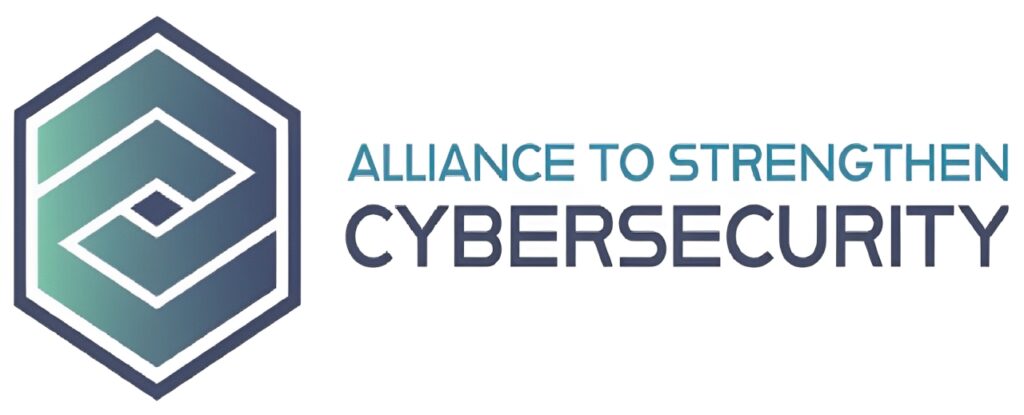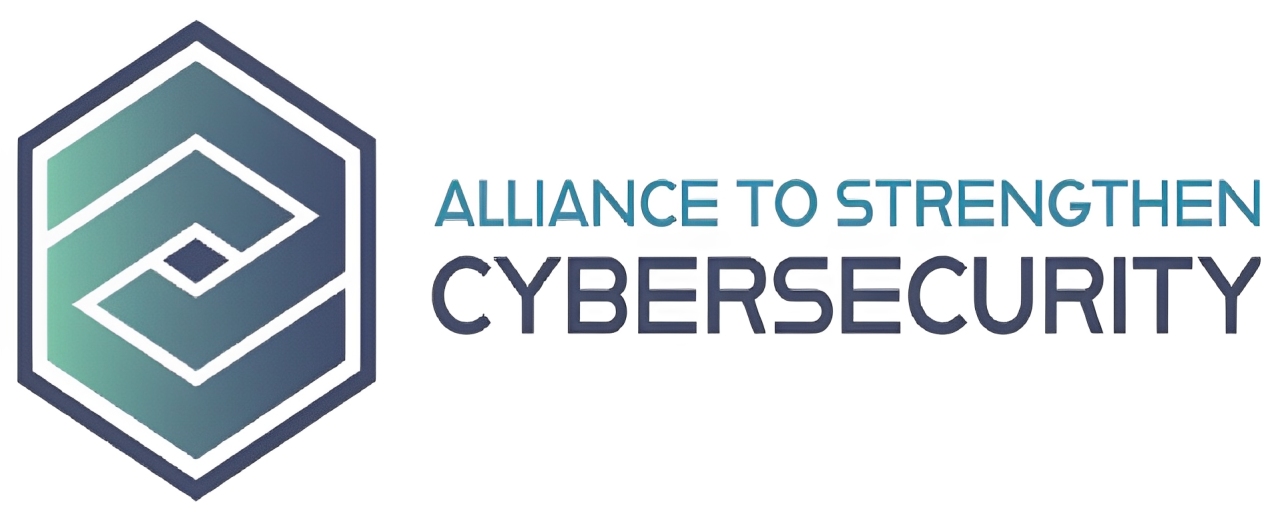The Federal IT Asset Repository
Establishing, Maintaining, and Operating the Federal IT Asset Repository
The Alliance to Strengthen Cybersecurity is the only organization actively proposing and advocating for the creation of a governmentwide repository for IT assets. This repository would serve as a centralized inventory or clearinghouse of tested, certified, and authorized cybersecure assets (e.g., semiconductors, software utilities/systems, integrated hardware/software components). Federal departments, agencies, and contractors could use it to identify trusted components for IT projects, programs, and systems.
The primary goal of the repository is to strengthen IT supply chain security and resilience. It will help detect and deter attempts by hostile foreign governments, intelligence services, cybercriminals, and malicious actors to breach, disrupt, or exploit national and global digital infrastructure through embedded malware and technologies. These threats pose serious risks to federal, state, and local governments; companies; institutions; homeland security; public safety; and economies. A concerted effort to mitigate and eliminate these threats is the aim of the Alliance.

Component Risk Level Repository

Vulnerability Scanners

Penetration Testing

Software Composition Analysis (SCA)

Compliance and Regulatory Adherence

Continuous Monitoring and Incident Response

Collaboration and Information Sharing

Training and Awareness Programs
IC • All Rights Reserved © 2025

